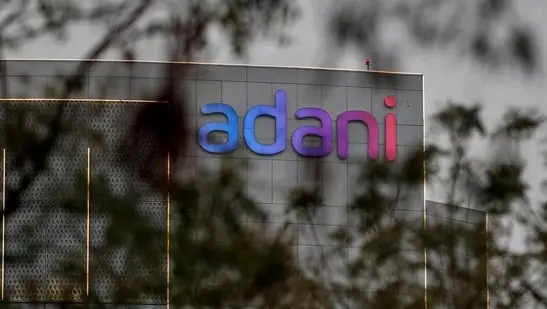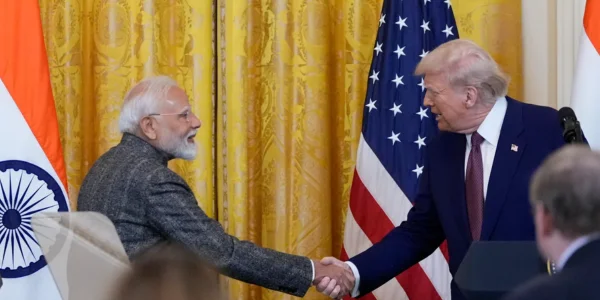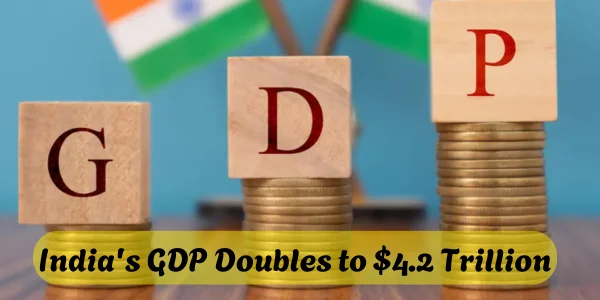The Adani Group, one of India’s leading multinational conglomerates, has announced plans to invest $2 billion in the development of a seaport in Vietnam. This investment is part of a broader strategy to enhance its presence in Southeast Asia, leveraging Vietnam’s strategic location and burgeoning economy. The focal point of this investment will be the Lien Chieu Port in Da Nang, central Vietnam, aimed at boosting the port’s infrastructure to handle a wide range of cargo including general, bulk, liquid, gaseous, and containerized goods.
Strategic Importance of Lien Chieu Port
Lien Chieu Port is strategically positioned in Da Nang, which is a crucial economic hub in central Vietnam. The port’s development is expected to significantly enhance the region’s logistics capabilities and facilitate increased trade flows between Vietnam and other global markets. The investment in Lien Chieu Port will focus on building the technical infrastructure necessary to support large-scale cargo handling operations. This development aligns with Vietnam’s broader economic goals to improve its logistics infrastructure and boost foreign trade.

Vietnam-India Trade Relations
The investment by the Adani Group is set against the backdrop of strengthening economic ties between Vietnam and India. In 2023, bilateral trade between the two countries exceeded $15 billion, highlighting the importance of Vietnam as a trade partner for India. This investment is expected to further cement these ties, providing new opportunities for trade and economic cooperation.
Government Support and Future Prospects
The Vietnamese government has shown strong support for the Adani Group’s investment. Minister of Transport Nguyen Van Thang emphasized the importance of attracting investors with robust financial and operational capabilities to develop Vietnam’s port infrastructure. The government has committed to creating favorable conditions for the Adani Group to swiftly implement the project.
Additionally, the Adani Group’s interest in Vietnam extends beyond the Lien Chieu Port. The conglomerate has outlined a broader investment strategy that includes potential investments in other seaports, renewable energy projects, power transmission, airports, and inland waterways over the next decade. This ambitious plan reflects the group’s long-term commitment to Vietnam’s economic development.
Economic Impact and Regional Development
The development of Lien Chieu Port by the Adani Group is poised to have a transformative impact on the local and regional economy. By enhancing the port’s capacity and efficiency, the project will attract more shipping lines and increase the volume of trade passing through Da Nang. This, in turn, will spur economic growth, create jobs, and improve the overall logistics network in the region.
Moreover, the investment aligns with Vietnam’s strategic goals to develop its maritime infrastructure and strengthen its position as a key player in global trade. The improved port facilities will not only benefit local businesses but also enhance Vietnam’s attractiveness as a destination for foreign direct investment (FDI).
Conclusion
The Adani Group’s $2 billion investment in the Lien Chieu Port marks a significant milestone in Vietnam-India economic relations and underscores the strategic importance of Vietnam in Adani’s expansion plans. With strong government support and a clear vision for the future, this project is set to play a crucial role in the development of Vietnam’s maritime infrastructure and its integration into the global economy.
This investment is a testament to the growing economic ties between India and Vietnam and highlights the potential for further collaboration in various sectors, including logistics, renewable energy, and infrastructure development. As the project progresses, it will be closely watched for its impact on the regional economy and the broader implications for Southeast Asia’s trade dynamics.

